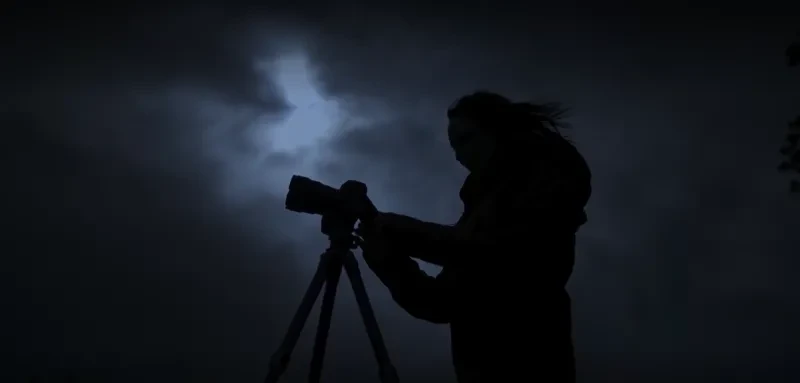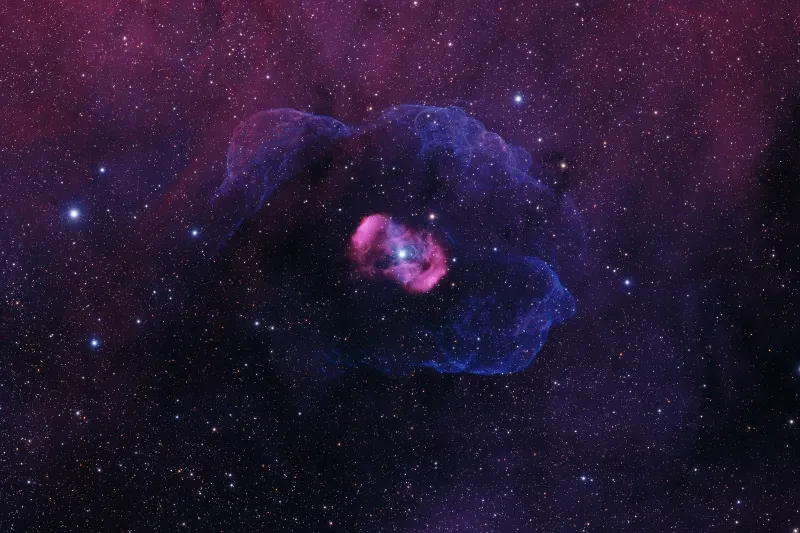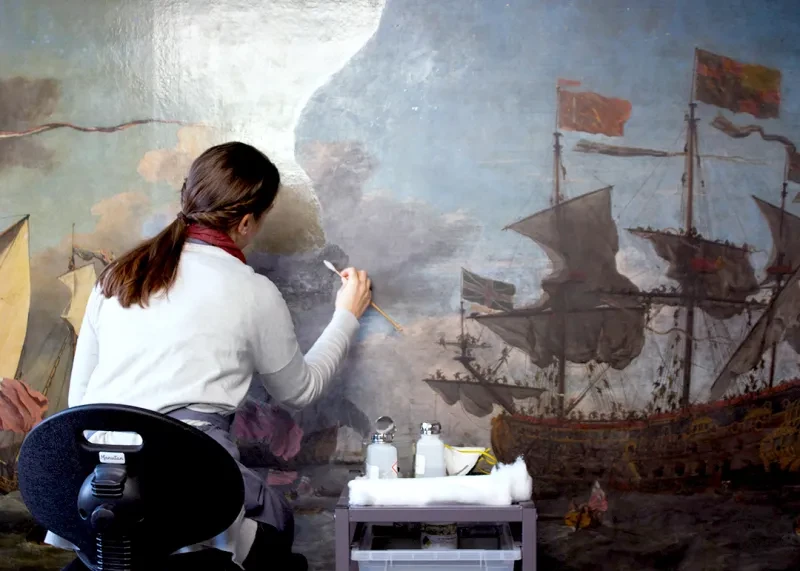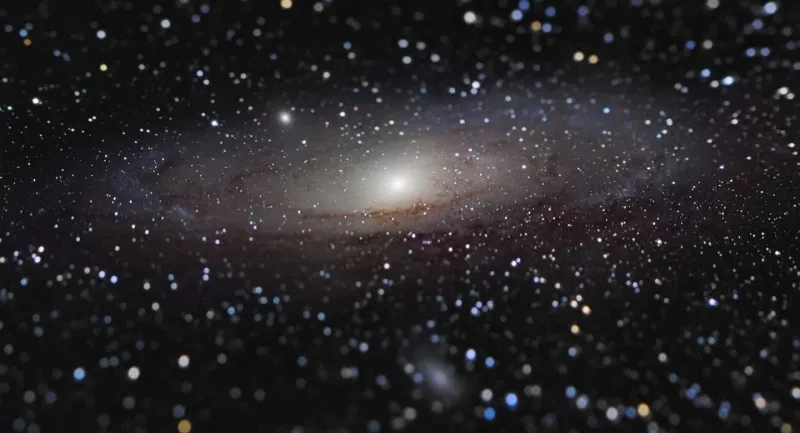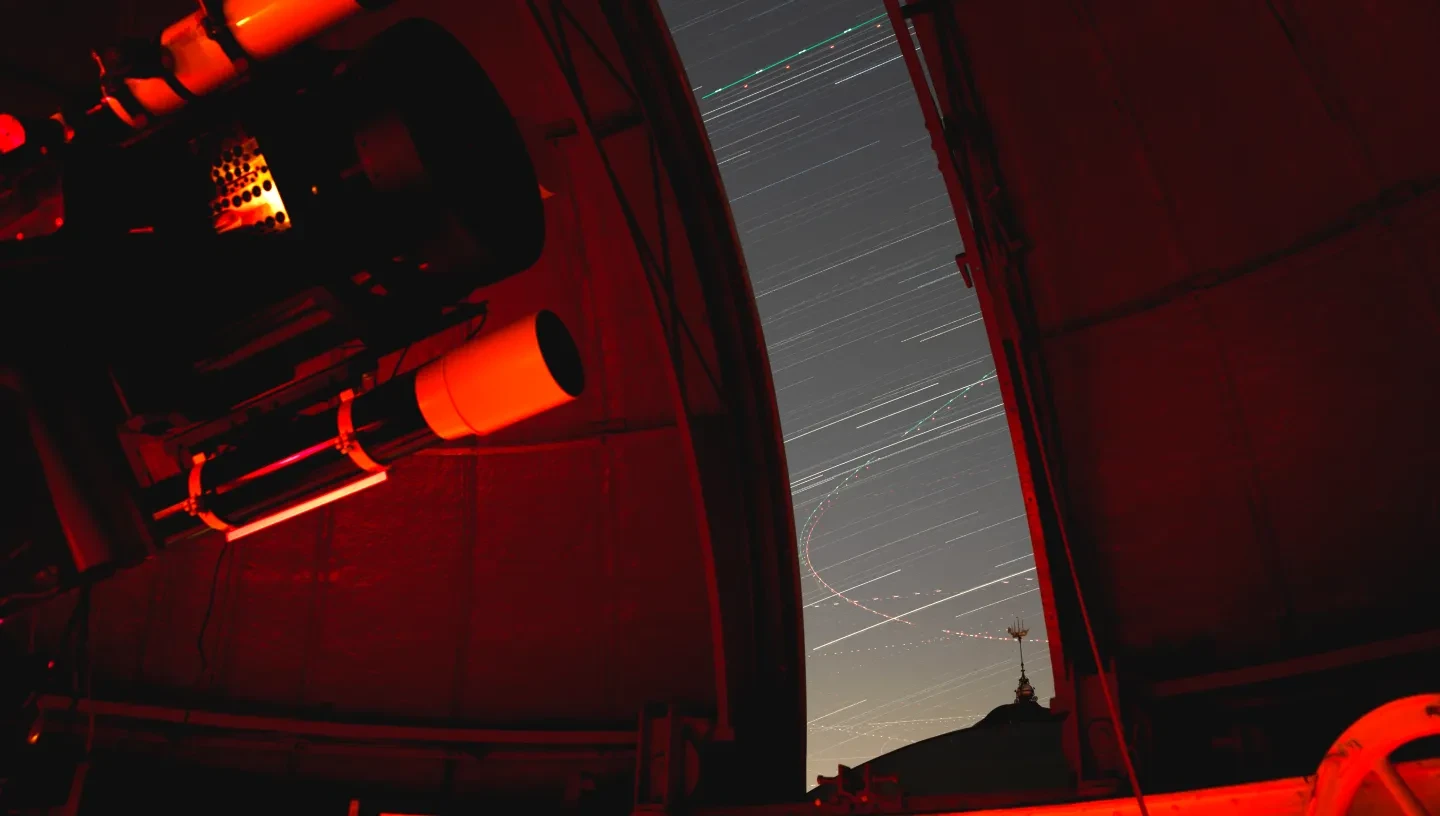
The Royal Observatory in Greenwich is world renowned for its work in astronomy and timekeeping, but did you know that astrophotography has also played an important role in its history?
The Observatory’s photographic department was established just over 150 years ago. Since then, Greenwich astronomers have used photography to make a number of important breakthroughs, from capturing the 1874 Transit of Venus and discovering the eighth moon of Jupiter to finding photographic evidence that proved Einstein’s theory of general relativity.
Today that pioneering spirit of astrophotography lives on.
The Royal Observatory champions world-class astrophotography through the Astronomy Photographer of the Year competition, attracting thousands of entries from around the world every year.
Our astronomers are still taking amazing images themselves too. Some of the Observatory’s historic buildings now house state-of-the-art equipment, allowing the team to study the night sky and share the wonders of space with millions of viewers online.
Let’s explore the history of astrophotography at the Royal Observatory, and how the latest generation of astronomers have picked up the baton from their predecessors.
A brief history of astrophotography at the Royal Observatory
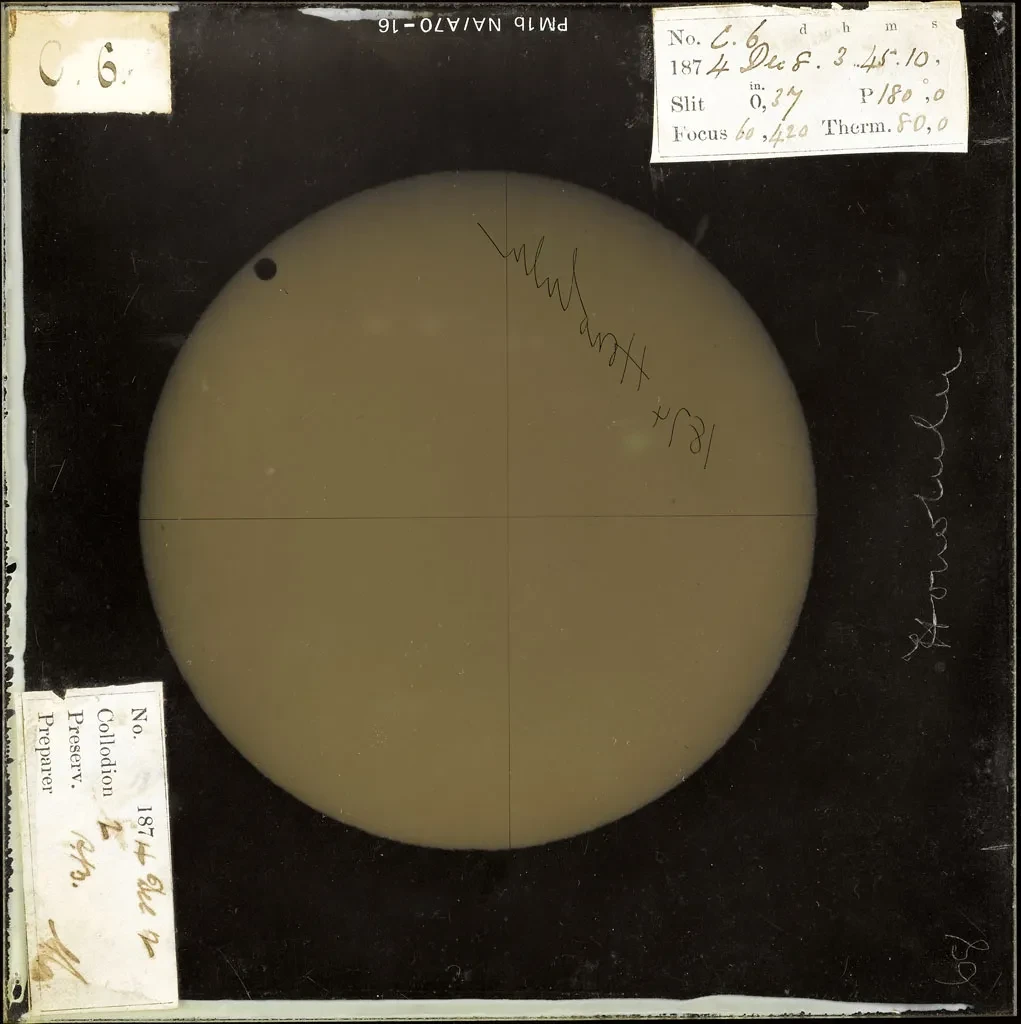
In 1839 practical photography was born with Louis Daguerre’s invention of the daguerreotype process.
Astronomers quickly recognised the value of photography to their work. Astronomer John Herschel, Member of the Board of Longitude at the Royal Observatory, was an early pioneer who was awarded a Royal Society medal for his work in photo-chemistry.
The Royal Observatory’s Photographic Department was founded in 1873. One year later in 1874 Greenwich astronomers travelled to different locations across the world to photograph the Transit of Venus and compare their data.
This was the first Venus transit ever to be captured on camera.
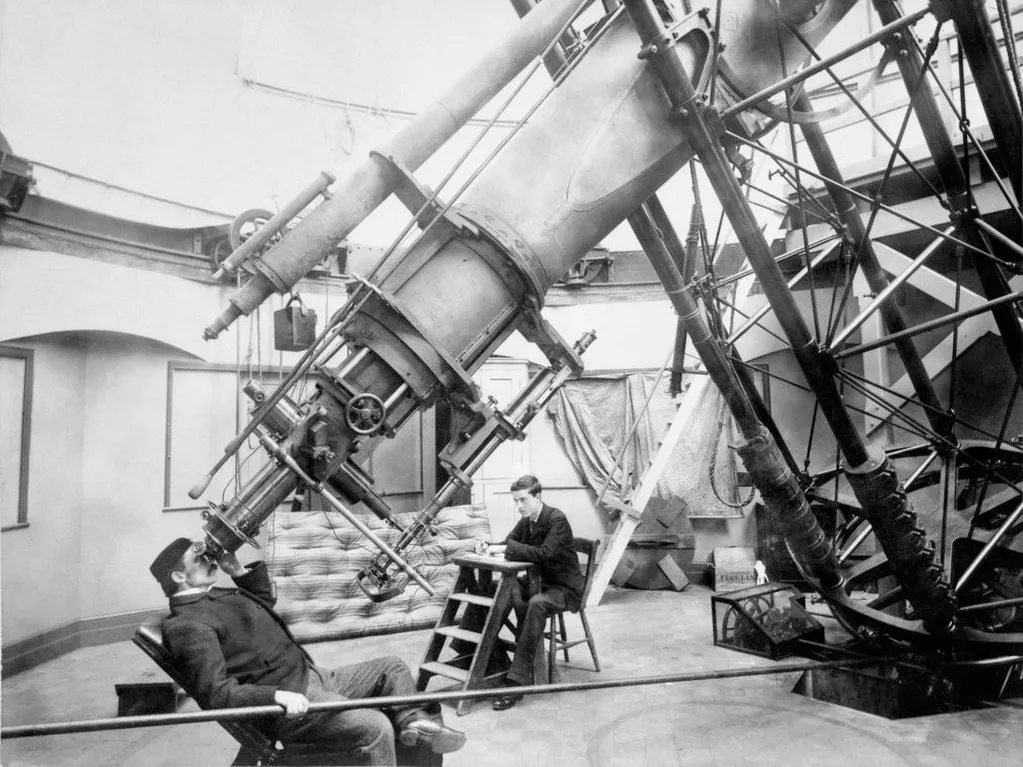
In 1893 the Great Equatorial Telescope was installed at the Royal Observatory, a 28-inch refracting telescope.
The telescope was designed so that it could be disassembled and reconfigured to focus light for cameras instead of the human eye. However, it’s an incredibly delicate and valuable piece of equipment, so it’s believed to have only been used in its astrophotography configuration twice.

Astrophotography pioneer: Annie Maunder
Annie Maunder (née Russell) and her colleagues at the Royal Observatory were part of the photographic revolution in astronomy, using the technology to study the stars in new and powerful ways.
An incredibly gifted astronomer, Annie took a particular interest in solar imaging, for which she designed her own specialised cameras.
She photographed the Sun daily from Greenwich (or whenever the clouds allowed) to record the position and size of sunspots. She also captured numerous scientifically valuable photos of solar eclipses, including an image of an enormous coronal streamer bursting out of the Sun during the 1898 total solar eclipse. Annie had travelled to India and used a wide-angle camera she had adapted herself to take the image.
Although she had to give up her position when she married, Annie continued to participate in science: organising eclipse expeditions worldwide, publishing books and becoming one of the first women elected as a Fellow of the Royal Astronomical Society in 1916.
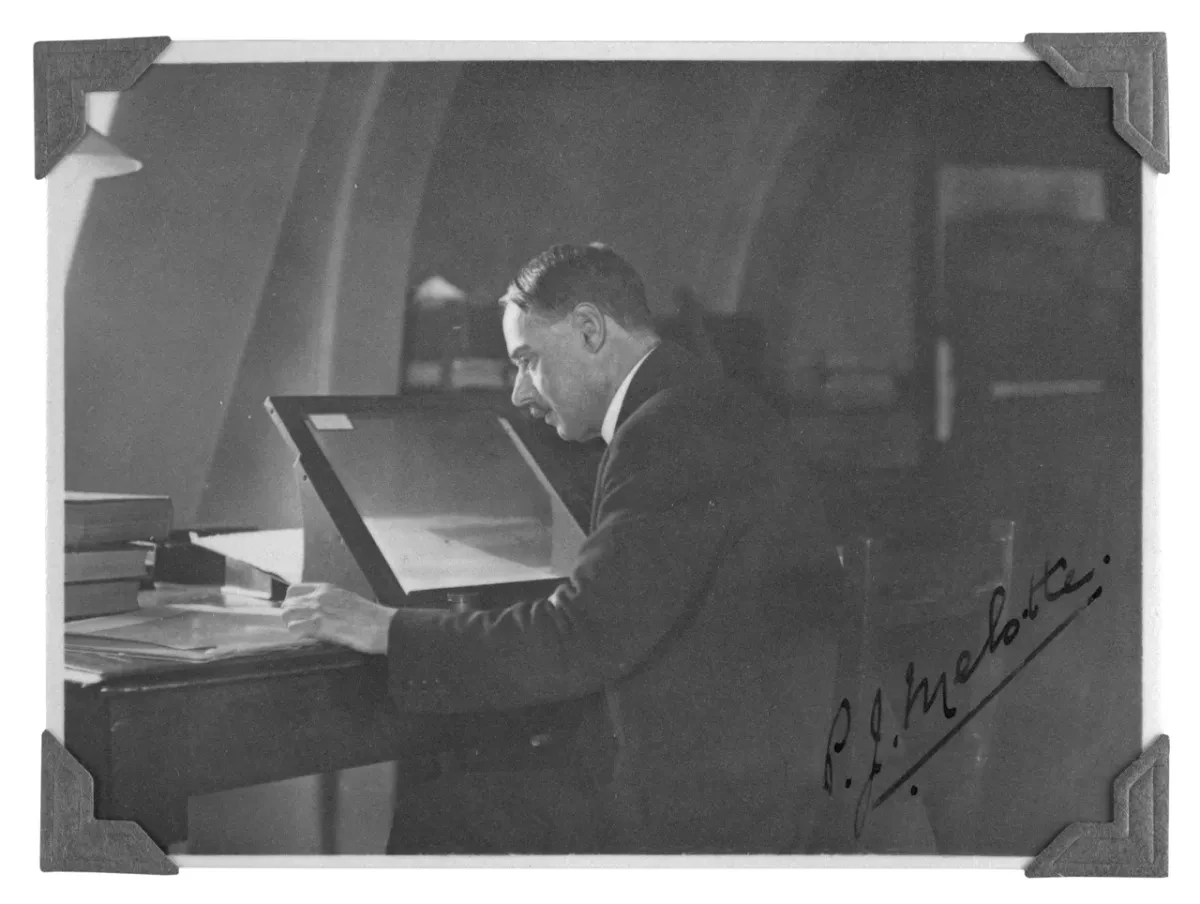
In 1908 Greenwich astronomer P.J. Melotte found a new, eighth moon of Jupiter while studying a photographic plate.
Two groups of Royal Observatory astronomers, one based on the northern coast of Brazil and the other just off the west coast of Africa, used photography to capture the bending of starlight by the gravitational field of the Sun during a total solar eclipse in 1919.
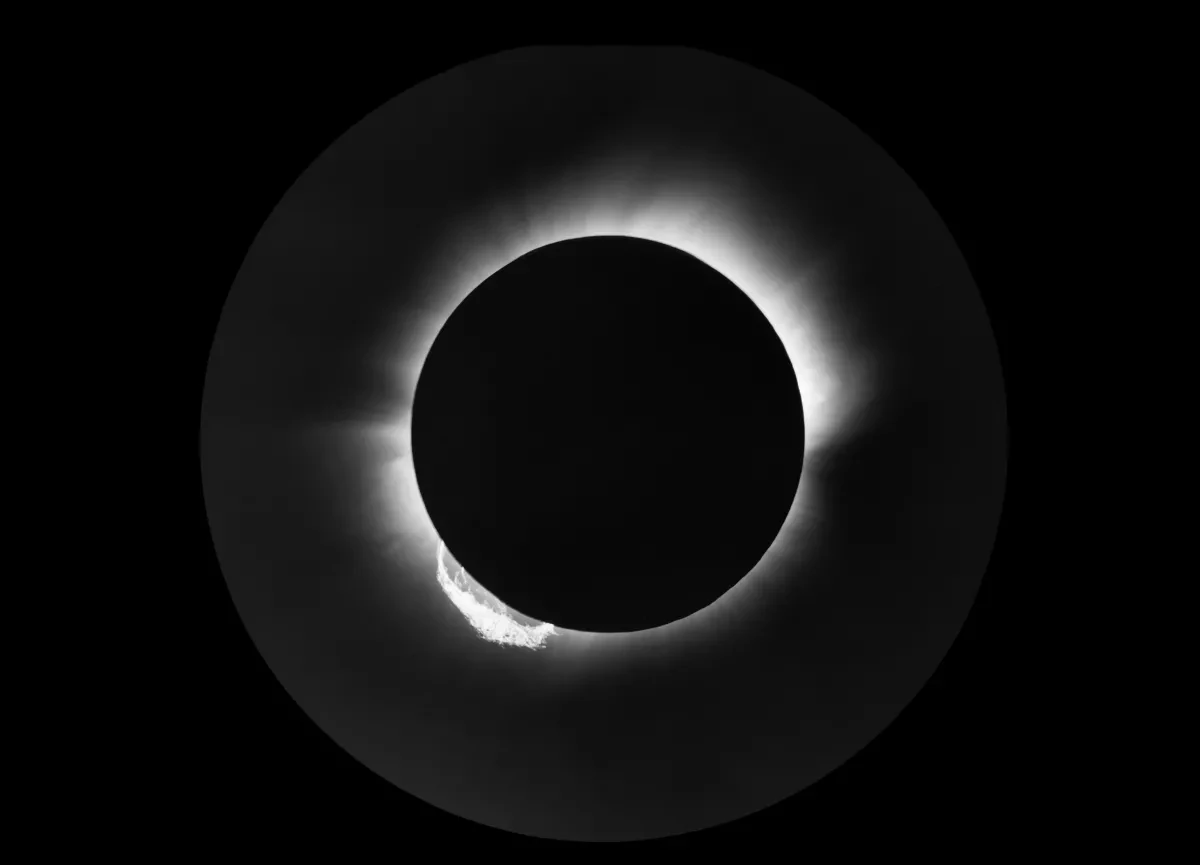
The deflection of starlight on the glass plate was tiny – just a fraction of a millimetre – but photography made the observation possible. Their findings supported Einstein’s theory of general relativity, making them the first people to observe and measure the effect Einstein had hypothesised.
The light pollution and smog in London made it increasingly hard to observe from Greenwich after the Second World War. As a result, research began moving away from London to the Royal Observatory’s new site at Herstmonceux in Sussex from 1948 onwards.
The Greenwich buildings were preserved however and the Royal Observatory became a museum for the history of astronomy, navigation and timekeeping.
Over the years, many of the historic telescopes returned and the Observatory became a national centre for astronomy education and outreach.
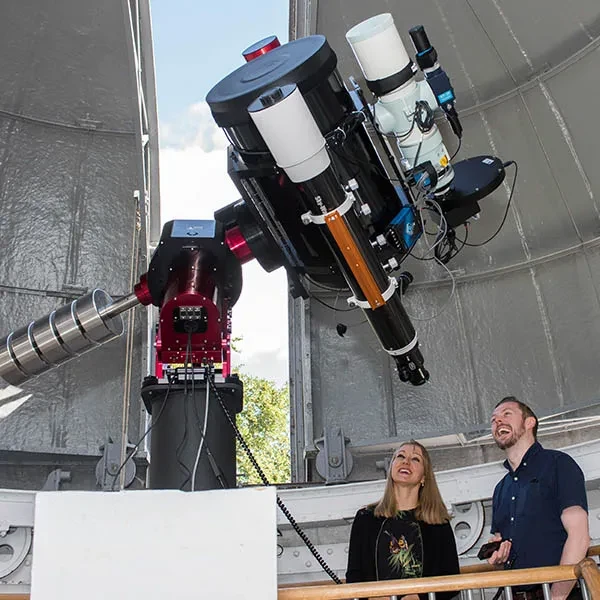
In 2008, the Astronomy Photographer of the Year competition was launched by the Royal Observatory. It’s now in its 17th year and is the world’s biggest astrophotography competition, attracting thousands of entries from across the globe annually.
In 2017, a Members and patrons appeal successfully raised funds to renovate the Altazimuth Pavilion at the Royal Observatory and install a brand-new modern robotic telescope, which was installed in 2018. It was named the Annie Maunder Astrographic Telescope (or ‘AMAT' for short).
The ‘astrographic’ part of the scope’s name highlights that it was designed to be used with digital cameras. It features four different telescopes on one mount that can be robotically pointed at targets and used to take images.
Over the past several years, from 2018 to 2025, astronomers have used AMAT and other telescopes to broadcast live telescope footage of a variety of astronomical events, like partial solar eclipses, or host special online viewing sessions, like a tour of the night sky. Collectively, these streams have been viewed over a million times.
Crucial funding in late 2024 allowed the Royal Observatory to conserve the Altazimuth Pavilion dome and upgrade the tech and equipment on AMAT.
Photographing today: high-tech equipment in historic domes
The astrophotography team at the Royal Observatory is headed up by Dr Greg Brown, Senior Public Astronomy Officer at the Royal Observatory.
When the forecast is clear, you’ll regularly find Greg and his colleagues staying late or even overnight to use the Annie Maunder Astrographic Telescope or finding time during the day for some solar imaging.
It’s not all plain sailing: astronomers face a range of challenges trying to do astrophotography from a historic site located in the middle of a city.
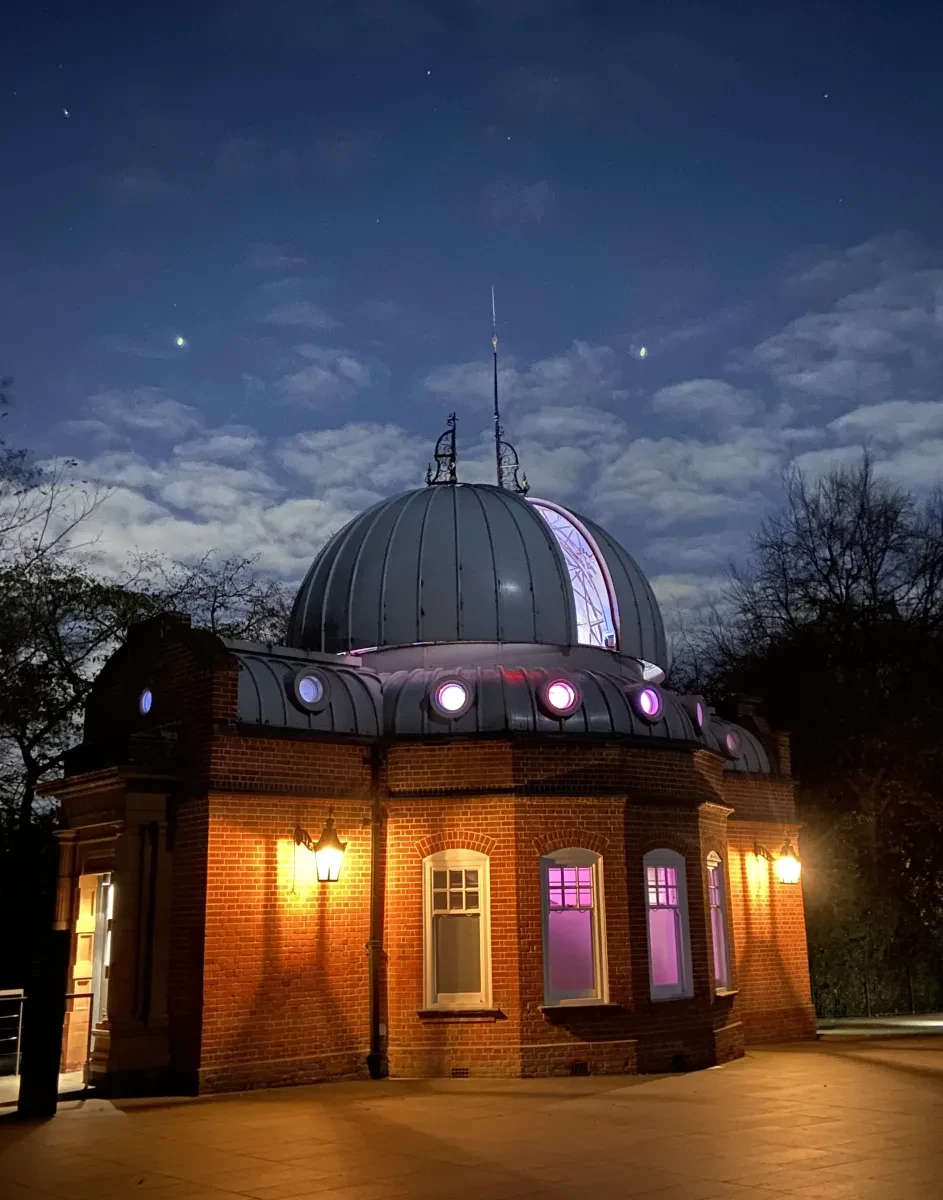
Firstly, the UK is not exactly famous for its clear skies and balmy nights. “We do have to deal with a lot of cloud cover here at the Observatory and a lot of rain as well as you might expect,” says Greg.
In the winter in particular, it can be bitterly cold observing from the Altazimuth Pavilion dome. "It has to be the same temperature inside the dome as it is outside,” Greg explains. "Just like the atmosphere ripples around and messes up our observations, if the air inside the dome is moving around compared with the air outside, that will have the same effect.”
There’s also light pollution to contend with. The Bortle dark-sky scale is a 0-9 numeric scale that measures the brightness of the night sky. Greenwich is classified as a Bortle 8-9 location, placing it amongst the brightest of skies measured on the scale.
Finally, doing astrophotography with brand new equipment inside a historic building is not without its challenges.
“The Altazimuth Pavilion is well over 100 years old and is Grade II listed, which very much limits what we can do with that building, for very good reason,” says Greg. A system of ropes and pulleys mean astronomers must open and move the dome manually.
The equipment
Astronomers are currently using two telescopes on AMAT: a C-14 Schmidt-Cassegrain for planetary and lunar imaging, and a Takahashi FSQ-106 refractor for wide-field, deep-sky images.
The C-14 is primarily a reflecting telescope. “This is a telescope that looks at a very small part of the sky,” says Greg. “Its field of view is only a few arc minutes across. If you have a full circle, that's 360° - if you take one of those degrees and split that into 60 bits, each one of those is an arc minute. That's a very small angle.”
To create images of bigger targets, astronomers take photos of each section of the object and combine them into a ‘mosaic’, like they did with this photo of the Moon:
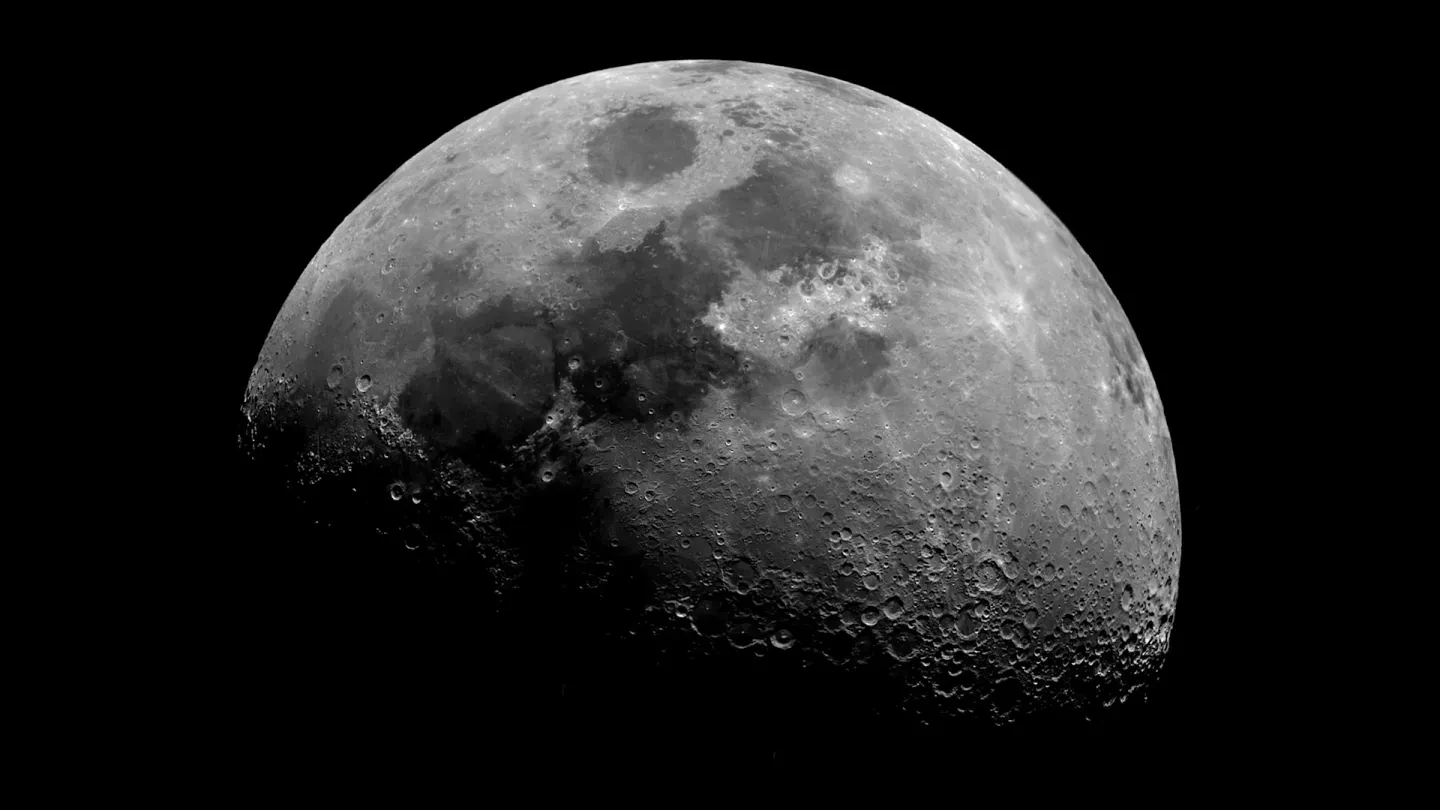
There’s also a planetary camera on the back of the C-14. Greg explains, “This is designed to take images very, very quickly. When we're looking at planets and the Moon, the atmosphere buffets the light around quite a lot. But at any one moment the atmosphere might be still just for an instant and let the light through nice and cleanly, so we don't have this sort of rippling effect across our images.”
“If we take lots of images very rapidly, we can pick out the ones where the atmosphere is still. If we combine only those together, we’ll get a much better image.”
The Takahashi, by contrast, is a wide-field reflecting telescope.
“Where the C-14 looks at a tiny little bit of the Moon, the Takahashi can look at eight times the width of the full Moon, which is a massive part of the sky. So this is ideal for looking at things that are very large but not necessarily very bright,” Greg says.
There’s also a large camera on the back of the Takahashi. According to Greg, “This is extremely sensitive, and it’s ideal for taking images over very long exposures in order to see fantastic details in the background.”
AMAT is also equipped with a little guide scope on the side of the main telescope. Greg explains, “No matter how carefully you calibrate your mount to follow objects across the sky, inevitably it won't: it can wobble a bit due to the wind or other things like the mechanism in the mount.
“The guide scope keeps stars you choose fixed in the view down to the pixel. If that star starts to drift, then the guide scope sends a signal to the mount and moves the telescope back to where it's supposed to be. This is ideal for long exposure images, otherwise you end up with long streaks where the stars have trailed and your beautiful detail has smudged into nothing.”
Photographing
Once the equipment is all set up, the astronomers must calibrate the telescope and set it to track a target.
They must also decide how much ‘exposure time’ they want to use.
Greg explains: "Not all observations are dependent on exposure time, but particularly for faint objects, the longer you expose for, the fainter an object you'll be able to see just simply because you're collecting more and more light.”
“So what we do is we have a single frame which may be, for example, five minutes of exposure, but we don't just take one of those. We take many frames and we combine all of them together, building them up and producing a longer exposure image.”
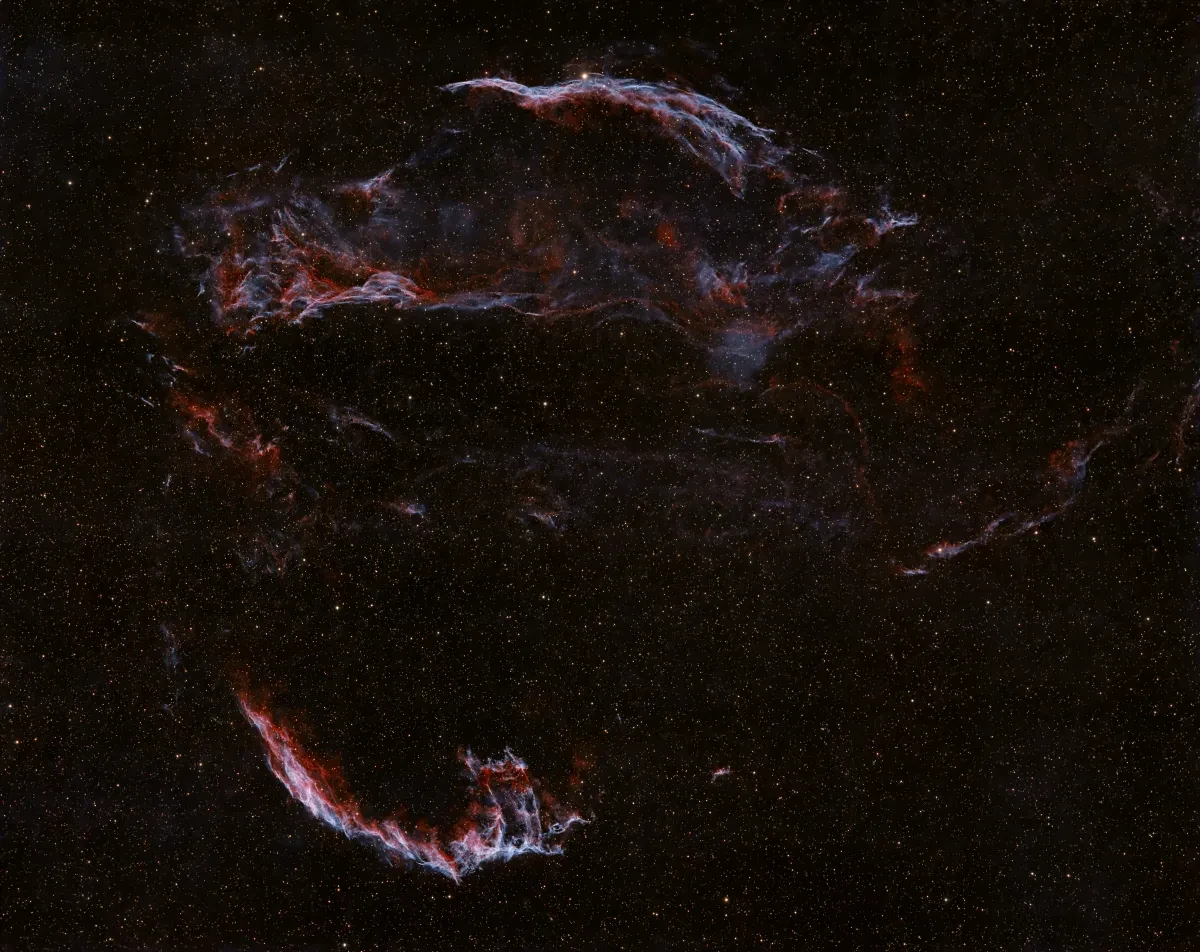
Processing
Once all the raw images are collected, it’s time to process them.
“Les Brand is one of our support astronomers here at the Royal Observatory. He helps out with observing, does a lot of the observing himself, and has done the lion's share of the image processing. So it's him to thank for the beautiful images,” says Greg.
Les is the tutor of the Royal Observatory’s online Introduction to Astrophotography course, so if you want to get started in astrophotography and image processing, join the course to learn from a seasoned expert.
What's next?
AMAT will unfortunately have to be disassembled in March due to a major renovation project kicking off at the Royal Observatory. However, the team will make the most of the equipment while they can and afterwards will continue observing and photographing with smaller scopes.
Stay tuned to see more beautiful photos of the cosmos taken from right here in Greenwich, and if you want to support our astronomers’ work, please donate today.
The results
See a selection of the photos taken by Royal Observatory astronomers.
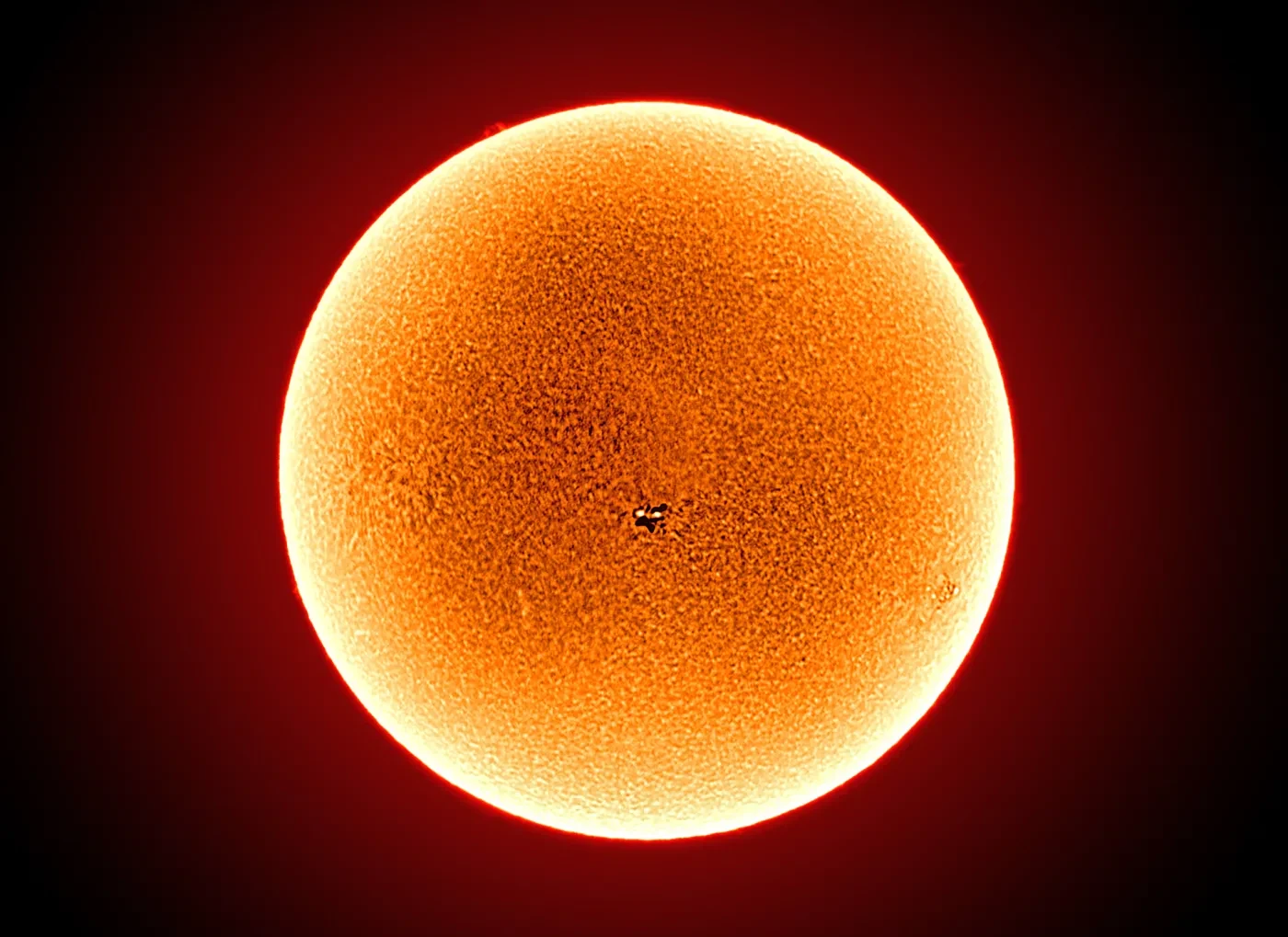
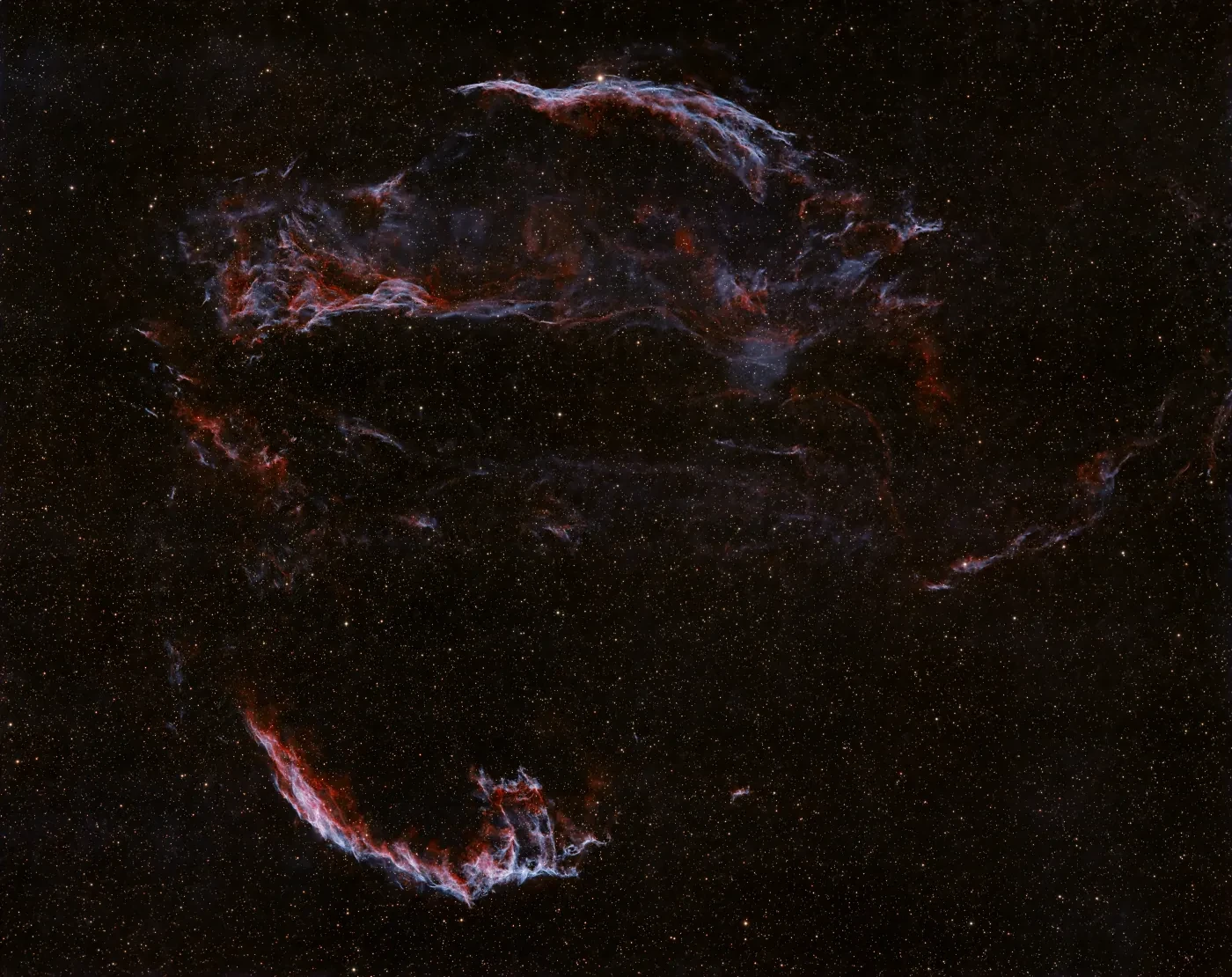
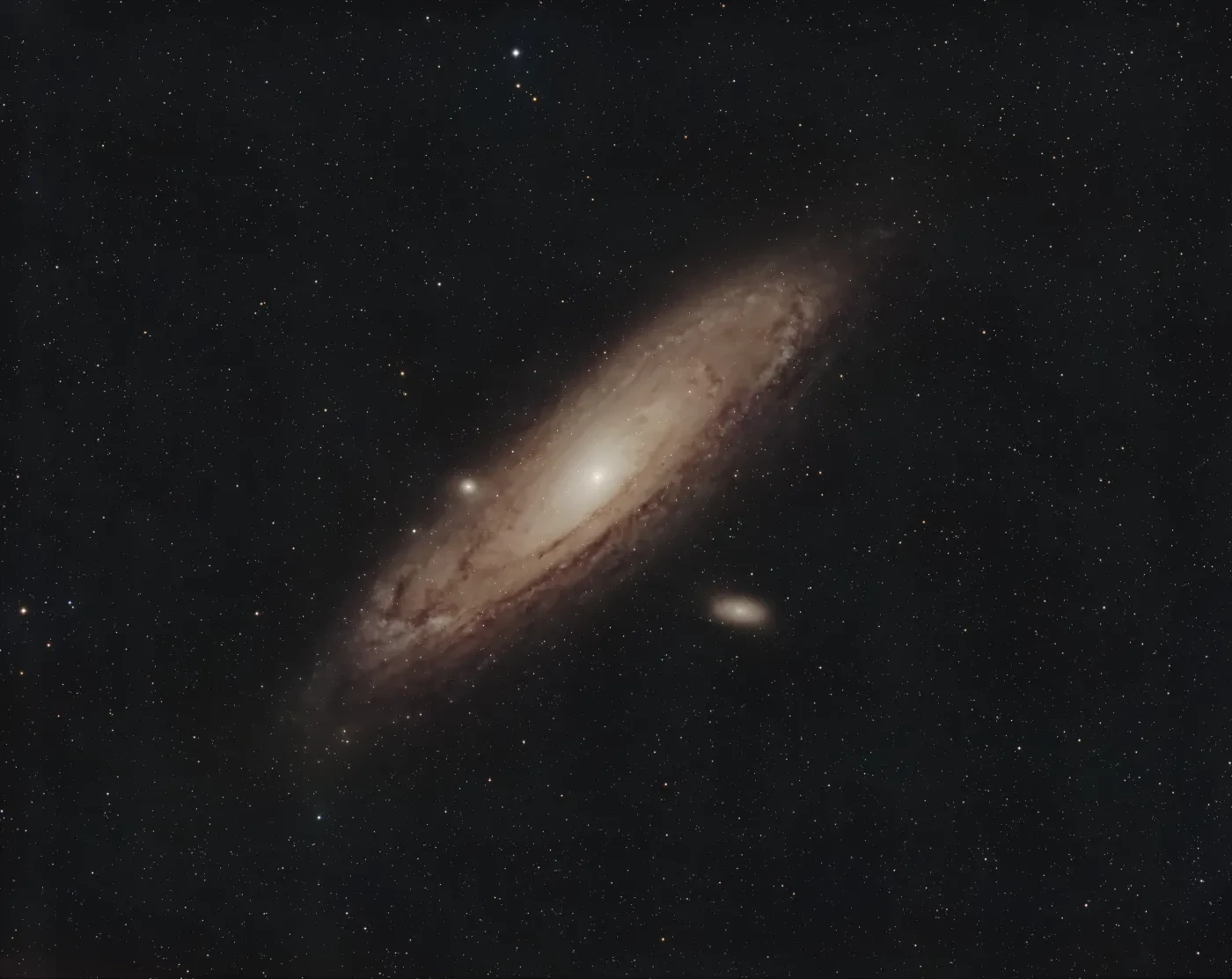
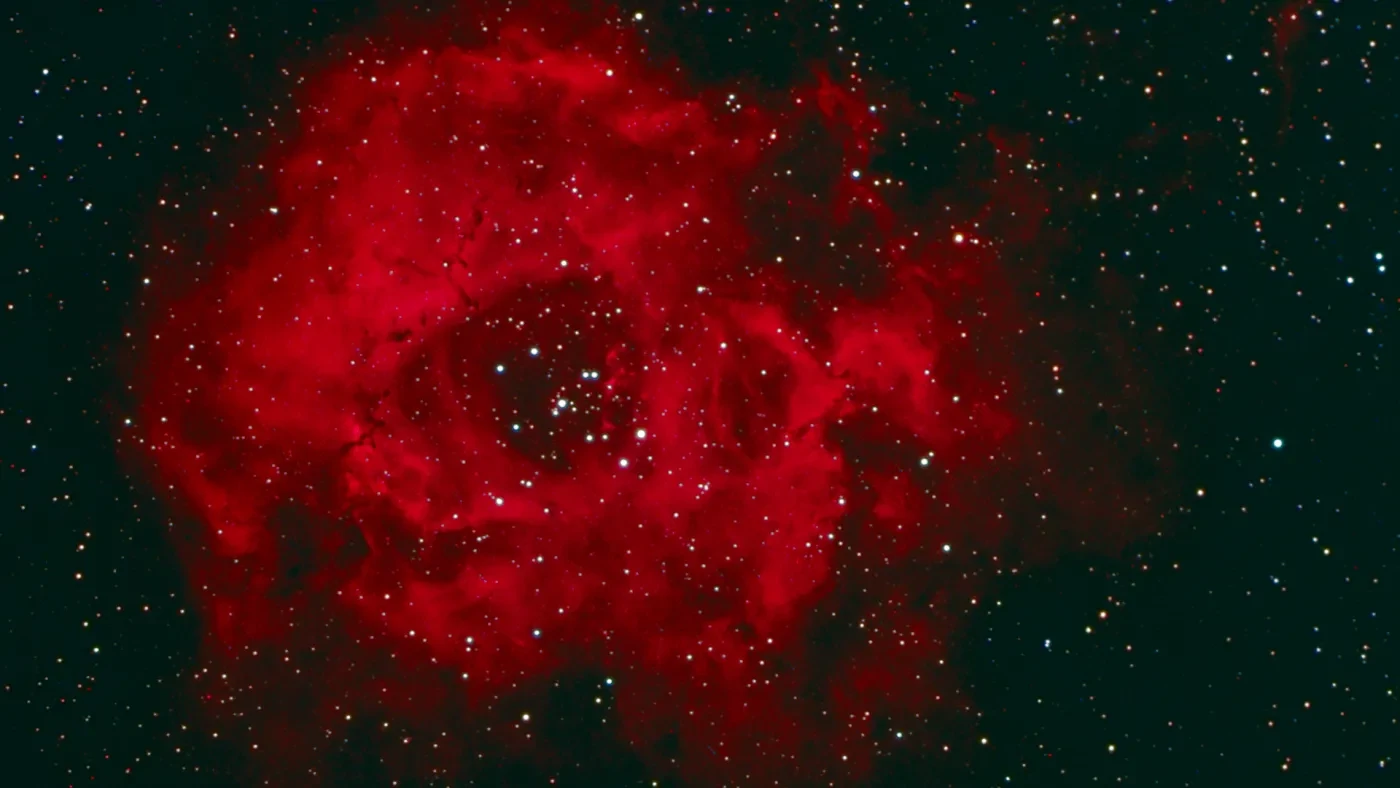
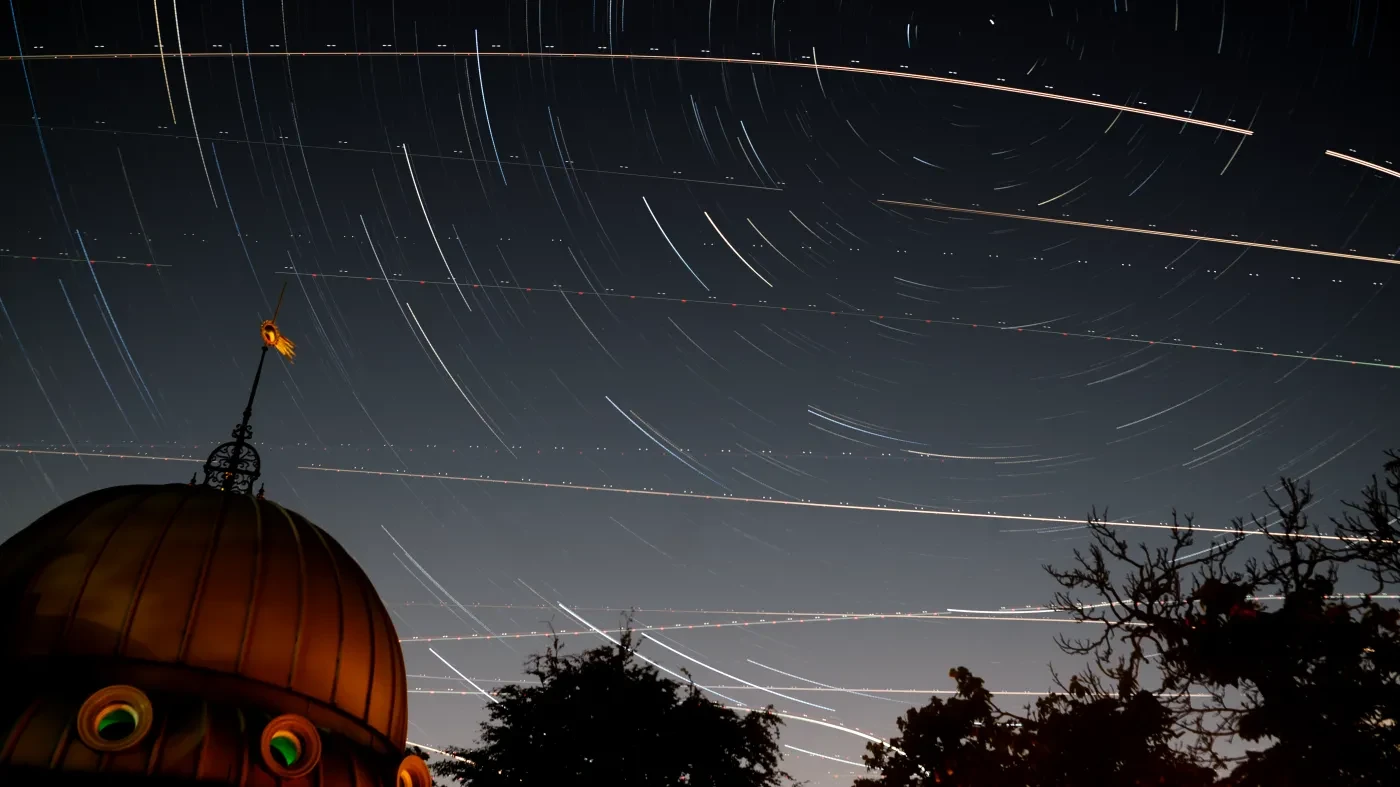
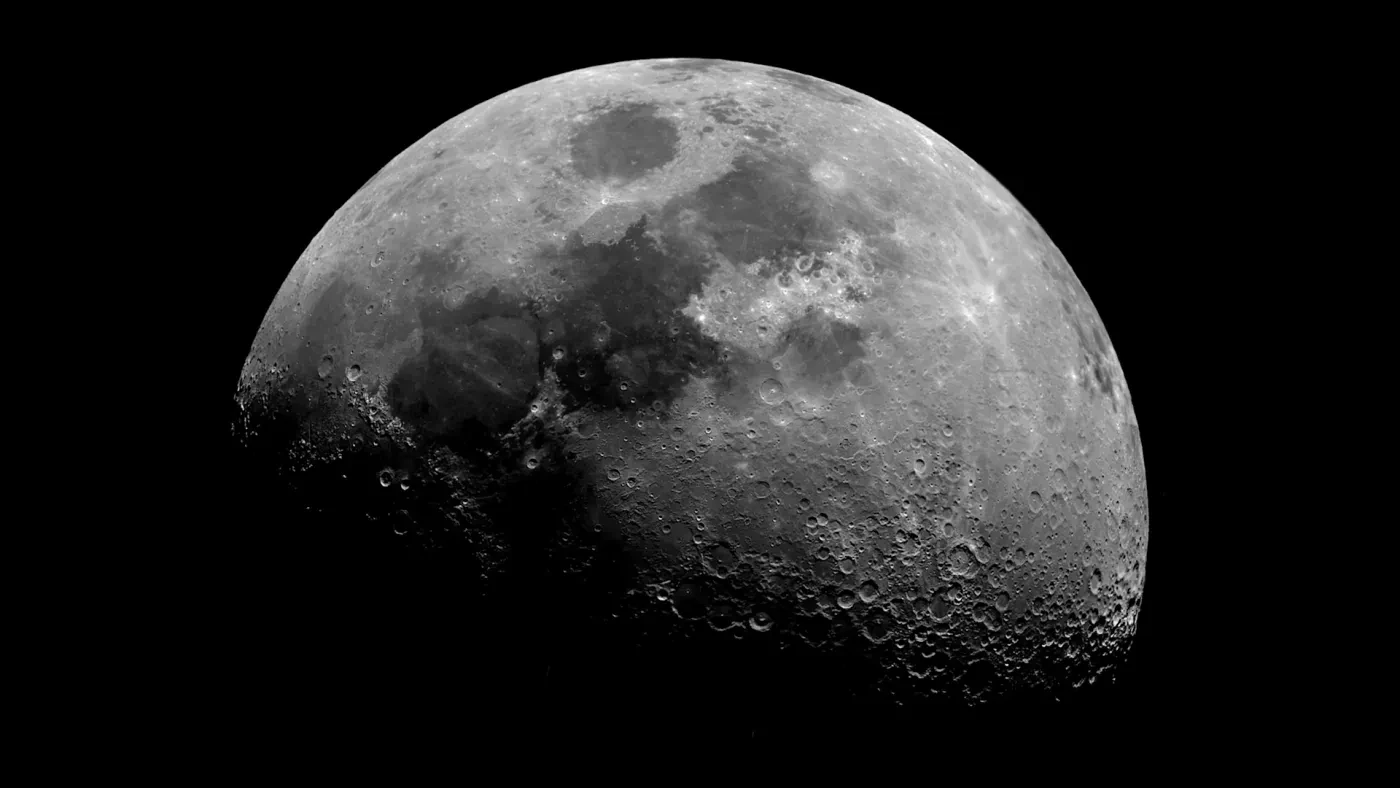
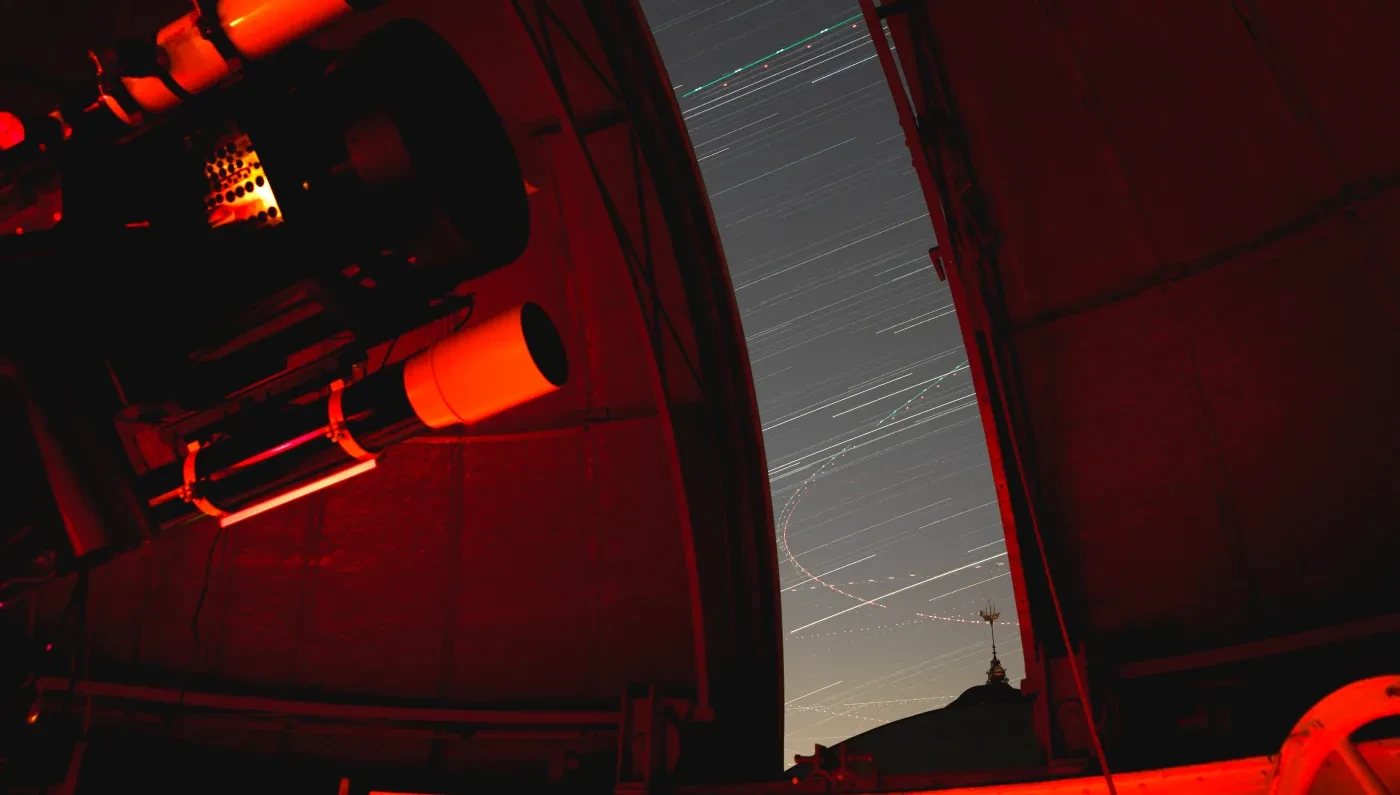
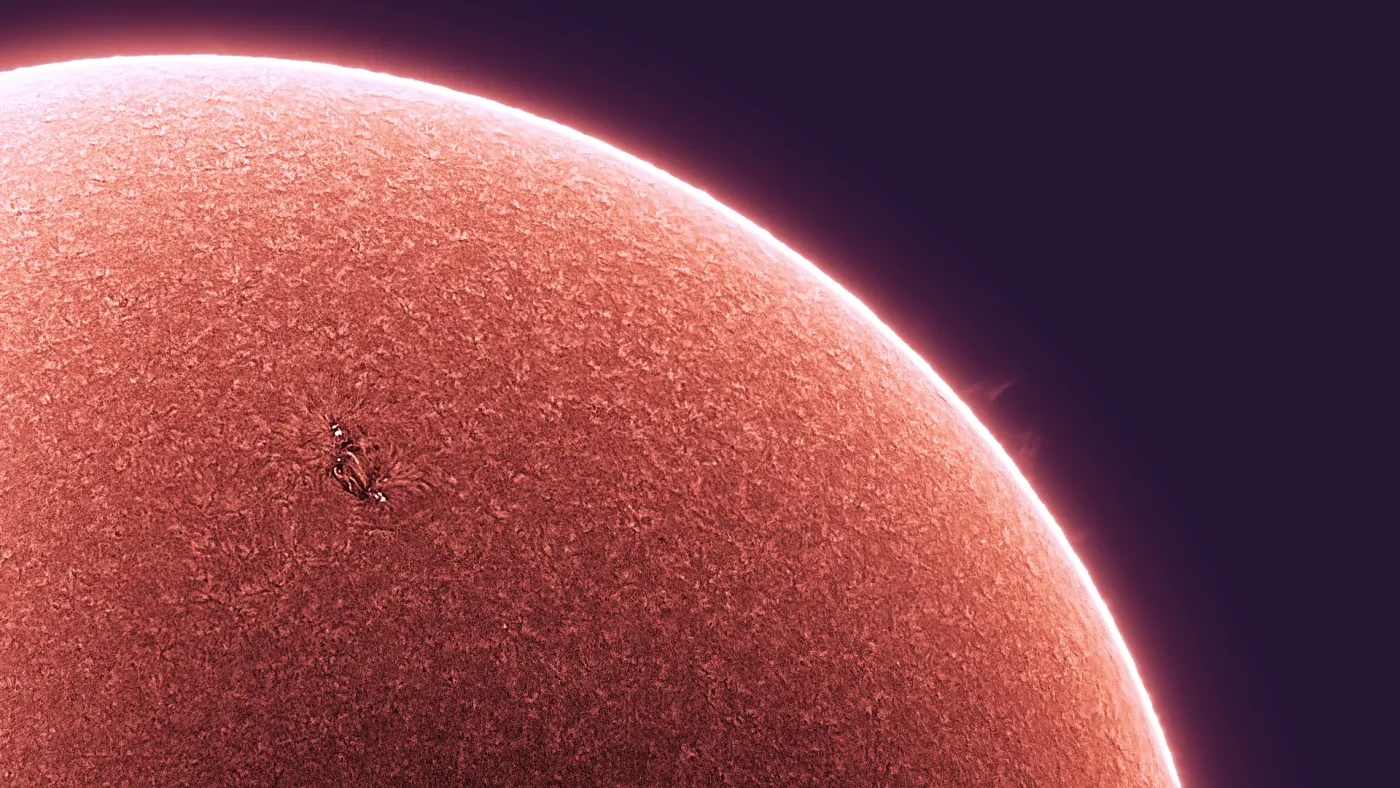
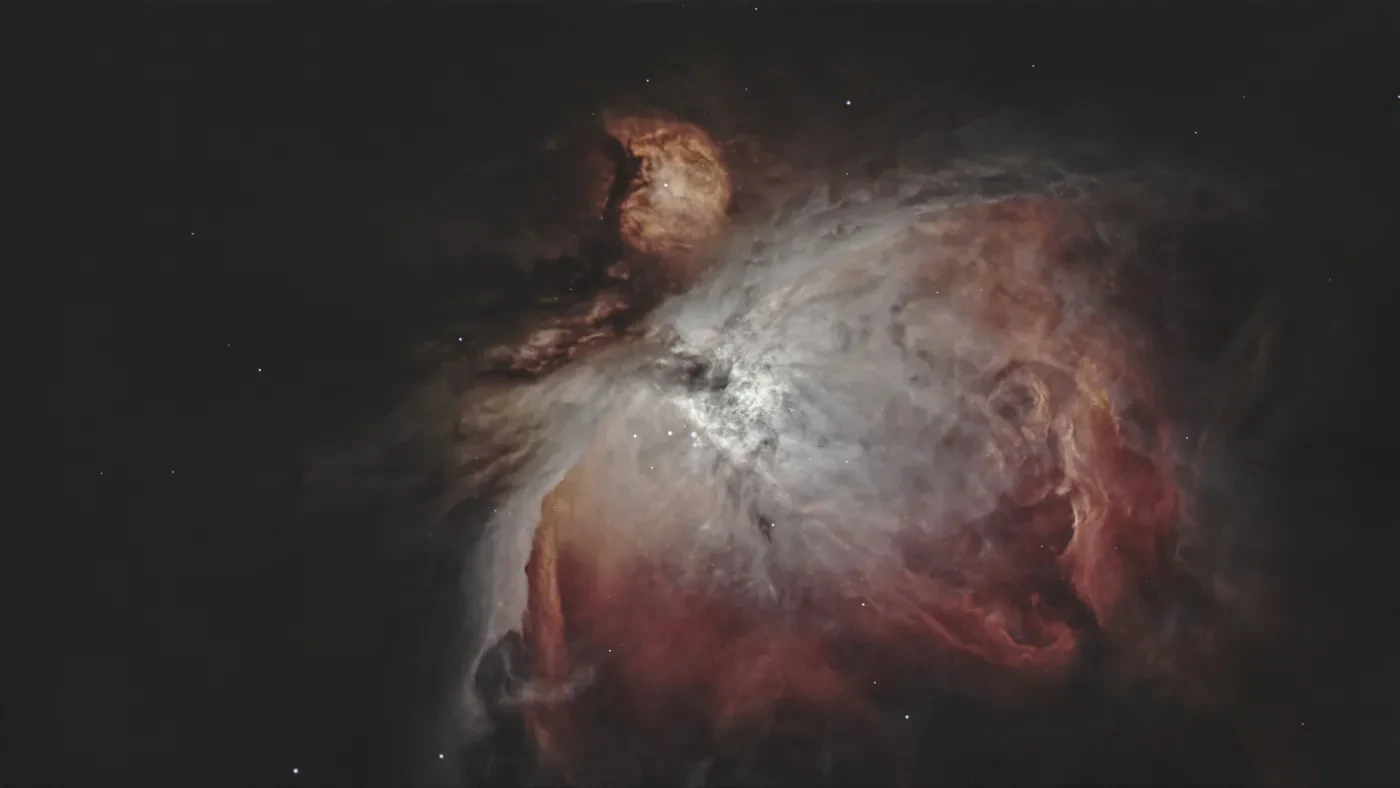
The results
See a selection of the photos taken by Royal Observatory astronomers.
Get involved in astrophotography
with the Royal Observatory.
